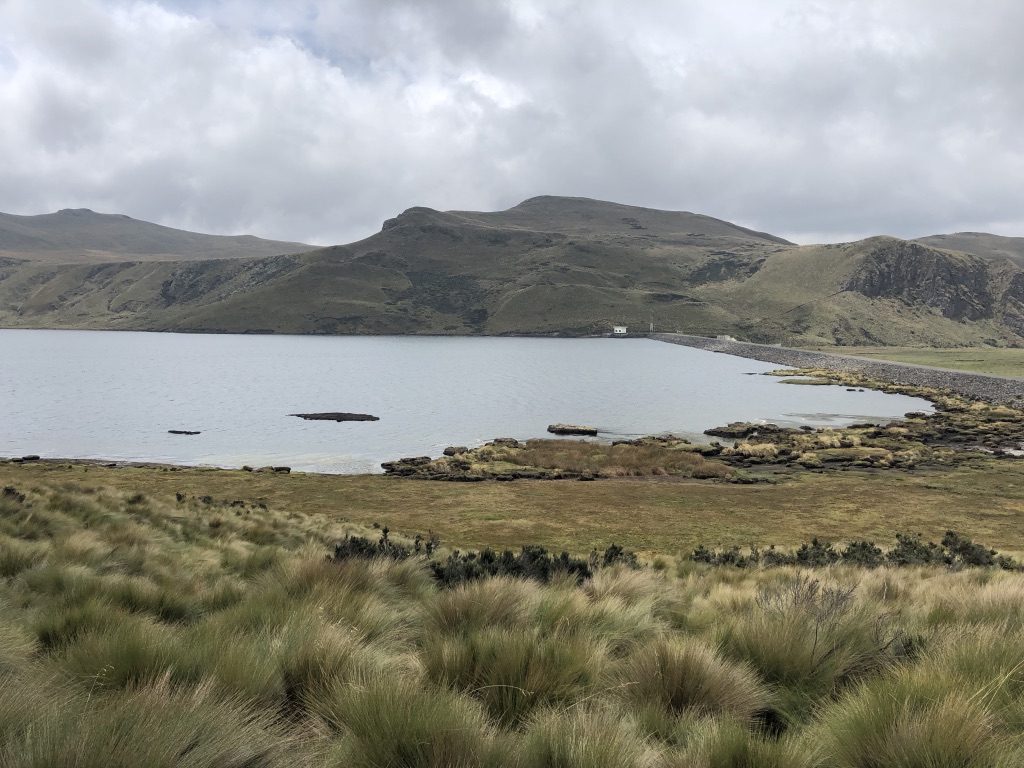Water as a Source of Life and its Challenges
Have you ever considered how remarkable water is? How a widely abundant and chemically-simple molecule is one of the most necessary components for the existence of life, yet also a source of great destruction? In Santa Lucia, we observed the immense power of waterfalls, abundant animal life near water reservoirs, and how water in an ecosystem is sustained through cycles of rainfall and evaporation in clouds.
Just days prior to our arrival in Ecuador, for example, record-breaking rainfall near Quito generated 1.8 gallons of water per square foot within 17 hours. Quito suffered destructive landslides and deadly flash floods as waves of water poured down from the sky, and from the mountains surrounding the city. Water is a sign of life, but managing water often presents many new challenges.
While the volcanically-active mountains and bowl-shaped slopes encircling Quito have created numerous natural disasters in the region, they also provide an essential service: a natural funnel that directs water into a reservoir that sustains the nearly 3 million residents in the 38 kilometer-long city. On Saturday, we traveled to the Antisana Ecological Reserve to learn about this high-elevation water system, an immense 465 square mile property that was once owned by an affluent Ecuadorian family and later donated to the government. Antisana Mountain’s beautiful snow-topped summit reaches an altitude of 18,870 feet. Adjacent to Antisana and its neighboring mountains, located nearly 6,000 feet below, is Laguna de Mica, the two-kilometer long, glacial and snowmelt reservoir that provides for Quito.

Ecuadorian officials and ecologists have instituted multiple measures to maximize water volume and purity in the Laguna de Mica. These include the relocation of nearby grazing pastures; limiting recreational traffic in the Antisana Reserve; and frequent probing for mineral and bacterial concentrations in the reservoir. For many years, the Laguna de Mica has sustainably supplied water to Quito. However, ecological experts predict that, within five years, it will no longer be a viable source for the capital’s water needs. Further, outdated waterways in Quito currently contribute to a roughly twenty-percent loss of all water introduced to the system. As a result, politicians today are looking to draw water from remote rivers to offset the decreasing supply of Laguna de Mica. Extracting this key resource from other biosystems may dramatically affect the health and population of wildlife that depends on clean, uncontaminated and steady water flows. Ecologists fear that politicians will authorize water extraction from new tributaries without fully considering how they will be impacted.
As we prepare to visit the remote Amazon rainforest, we are mindful of the ways that water is essential to both human life as well as life in natural ecosystems. The Tiputini river that will transport us on the final stretch of the trek to Mandari Panga, our home base, flows into the Amazon River to construct a vast network of waterways that connect wildlife from all corners of South America.
Important questions arise: Must the fulfillment of water demands compel Ecuadorian politicians to neglect the needs of one of the most vibrant and biodiverse ecosystems in the world? How, ultimately, can Ecuador provide for the needs of its people while sustaining the wellbeing of its special natural surroundings?
You must be logged in to post a comment.